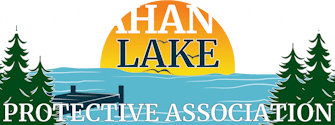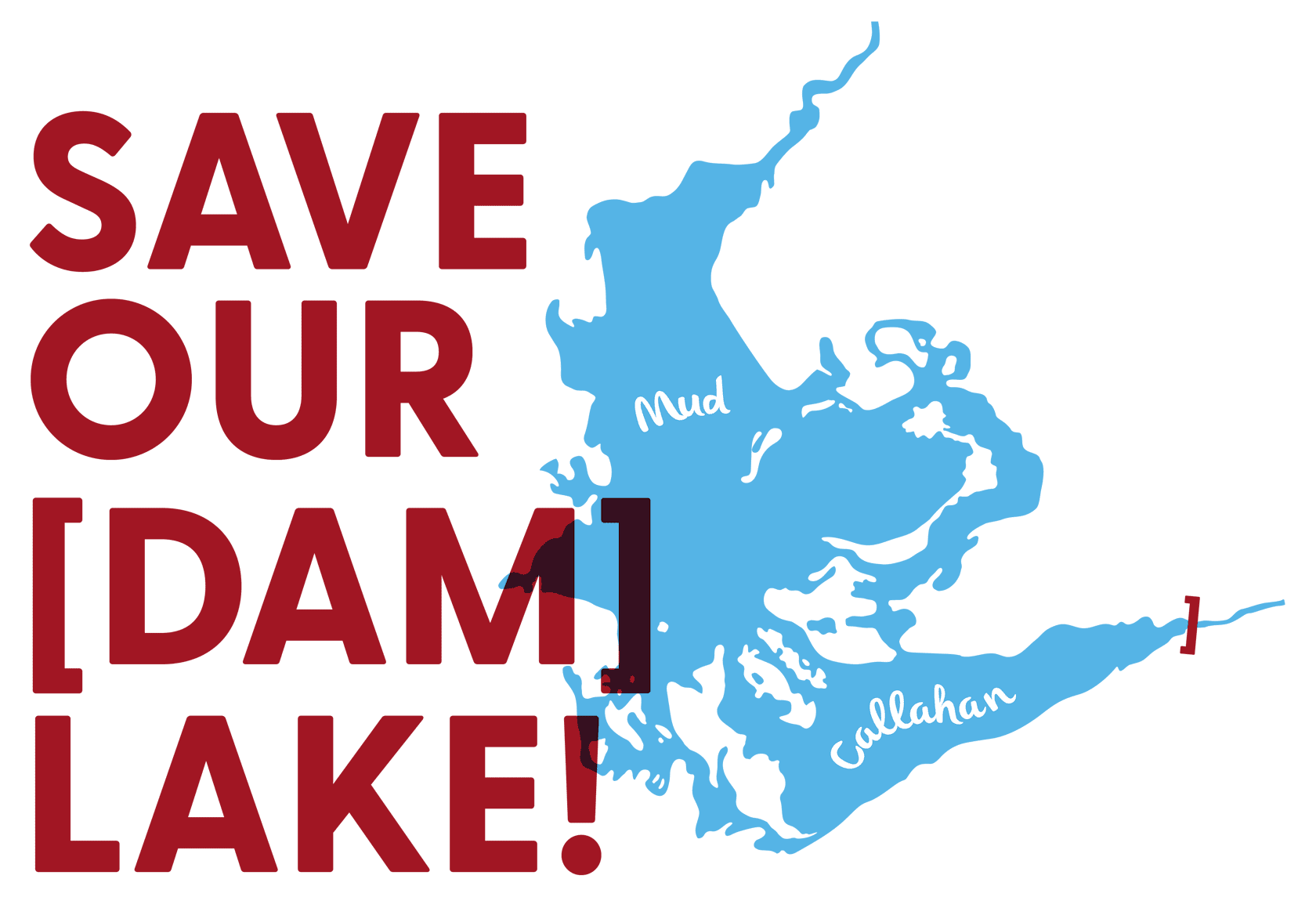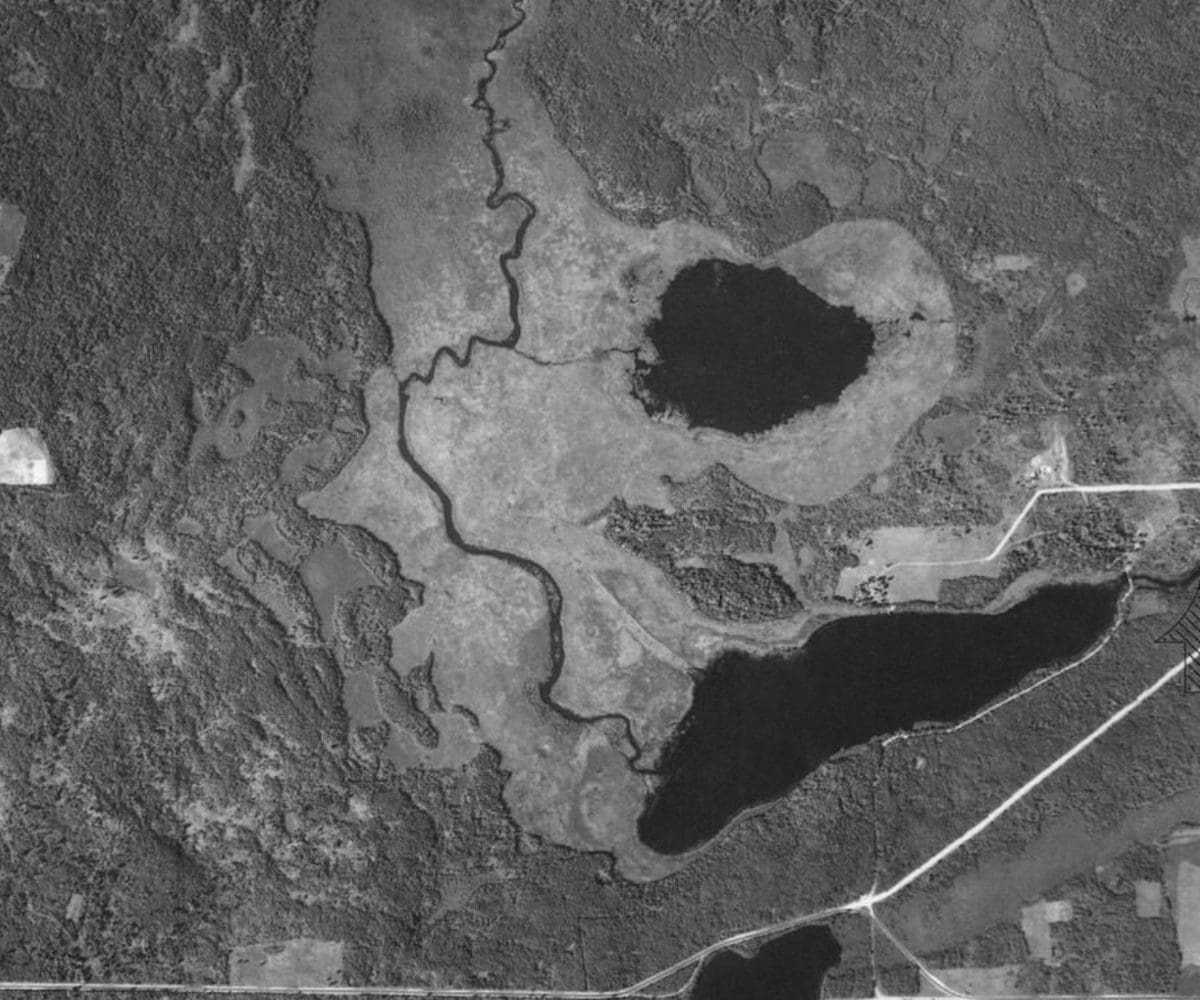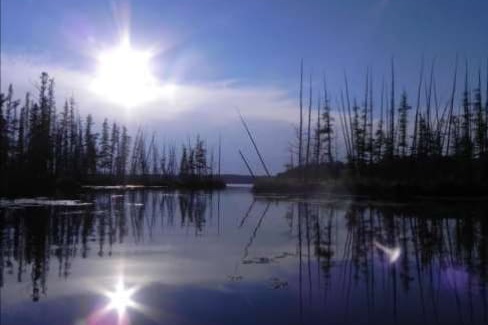During the fall 2022 Callahan Mud Lake Protection Association (CMLPA) meeting, an ad hoc committee brought these concerns to the membership and the members voted to form a Dam Committee to explore potential solutions related to our lake’s failing dam. The DNR recommended that the first step toward a solution is to form a “Lake District” to take ownership and responsibility of the dam. Of note, the effort undertaken to form a Lake District goes beyond the purpose of replacing the dam; rather, overall protection and quality of our lake.
On March 20, 2025, the Sawyer County Board of Supervisors approved our request to become a Lake District. The Lake District Board, four members who were appointed by Sawyer County and the other representative appointed by the Town of Round Lake, will be responsible for the formation of the Lake District and follow all applicable guidelines. The name of the Lake District is Callahan Mud Lake District. At this time, the Lake Association itself remains in existence, and will continue to for the next couple of years as it relates to an AIS Surface Water grant. The Association will continue to meet on its regular schedule for the time being.
This website serves as an information source to ensure all residents and businesses around and near Callahan and Mud Lakes have access to information related to the dam, immediate steps that need to be taken, as well as other long-term recommendations.
Here is a summary of how a Lake Districts is defined and functions:
The Lake District is a type of governmental organization recognized by the state and so enjoys some advantages that are not available to an association. Once formed, a Lake District is eligible to borrow low interest money under a state program for governmental bodies, apply for DNR dam grants and other funds, raise funds through taxes, and hold insurance.
There is also a wealth of information on the UW Extension’s website, including sample petitions to form a lake district, sample budgets, guidance documents, etc. (See Resources for more information.)





